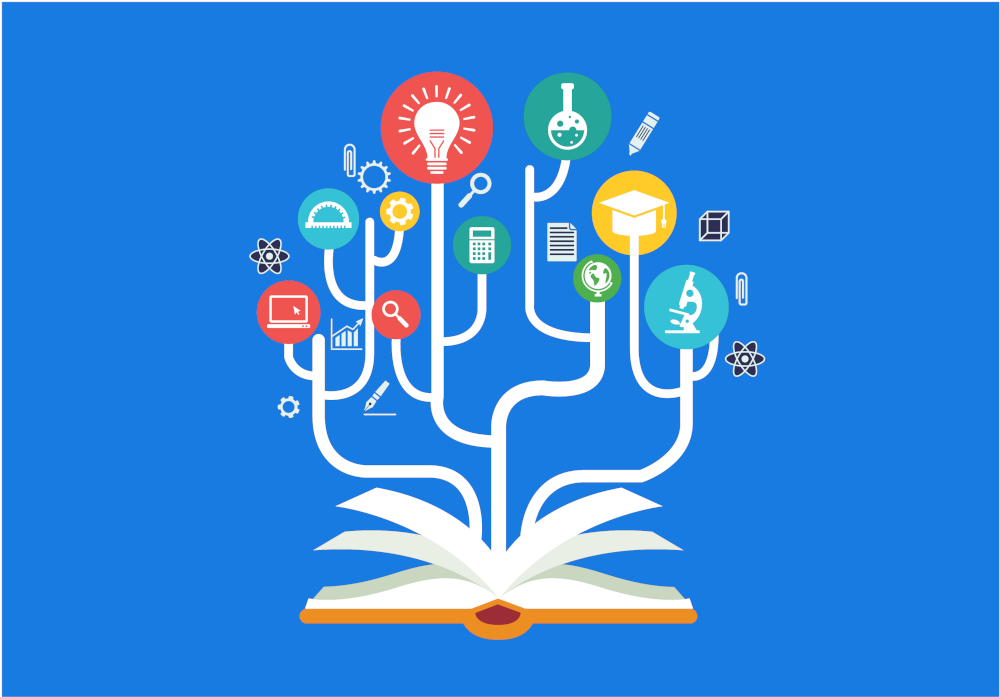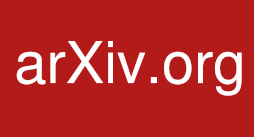Documentdetail
ID kaart
oai:arXiv.org:2410.14109
Onderwerp
Computer Science - Machine Learnin...Auteur
Pahng, Seong Ho Hormoz, SahandCategorie
Computer Science
Jaar
2024
vermelding datum
05-03-2025
Trefwoorden
networks gnn graph continuous fuzzy edges graphs nodeBeschrijving
Graph Neural Networks (GNNs) traditionally employ a message-passing mechanism that resembles diffusion over undirected graphs, which often leads to homogenization of node features and reduced discriminative power in tasks such as node classification.
Our key insight for addressing this limitation is to assign fuzzy edge directions -- that can vary continuously from node $i$ pointing to node $j$ to vice versa -- to the edges of a graph so that features can preferentially flow in one direction between nodes to enable long-range information transmission across the graph.
We also introduce a novel complex-valued Laplacian for directed graphs with fuzzy edges where the real and imaginary parts represent information flow in opposite directions.
Using this Laplacian, we propose a general framework, called Continuous Edge Direction (CoED) GNN, for learning on graphs with fuzzy edges and prove its expressivity limits using a generalization of the Weisfeiler-Leman (WL) graph isomorphism test for directed graphs with fuzzy edges.
Our architecture aggregates neighbor features scaled by the learned edge directions and processes the aggregated messages from in-neighbors and out-neighbors separately alongside the self-features of the nodes.
Since continuous edge directions are differentiable, they can be learned jointly with the GNN weights via gradient-based optimization.
CoED GNN is particularly well-suited for graph ensemble data where the graph structure remains fixed but multiple realizations of node features are available, such as in gene regulatory networks, web connectivity graphs, and power grids.
We demonstrate through extensive experiments on both synthetic and real graph ensemble datasets that learning continuous edge directions significantly improves performance both for undirected and directed graphs compared with existing methods.
Pahng, Seong Ho,Hormoz, Sahand, 2024, Improving Graph Neural Networks by Learning Continuous Edge Directions

Choice Between Partial Trajectories: Disentangling Goals from Beliefs
agents models aligned based bootstrapped learning reward function model return choice choices partial
Adverse and serious adverse events incidence of pharmacological interventions for managing chronic and episodic migraine in adults: a systematic review
aes medications bta incidence migraine drugs disorders

